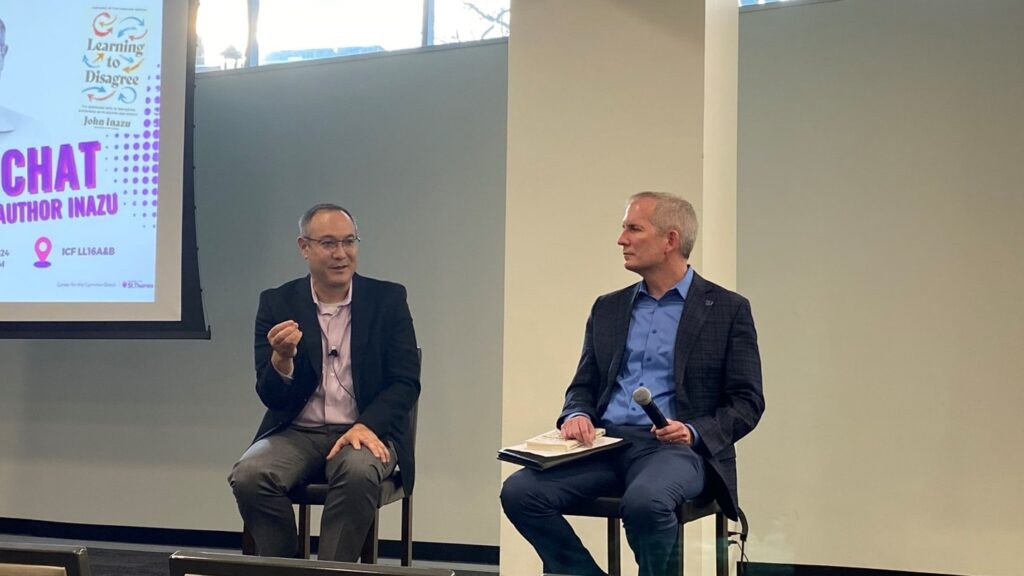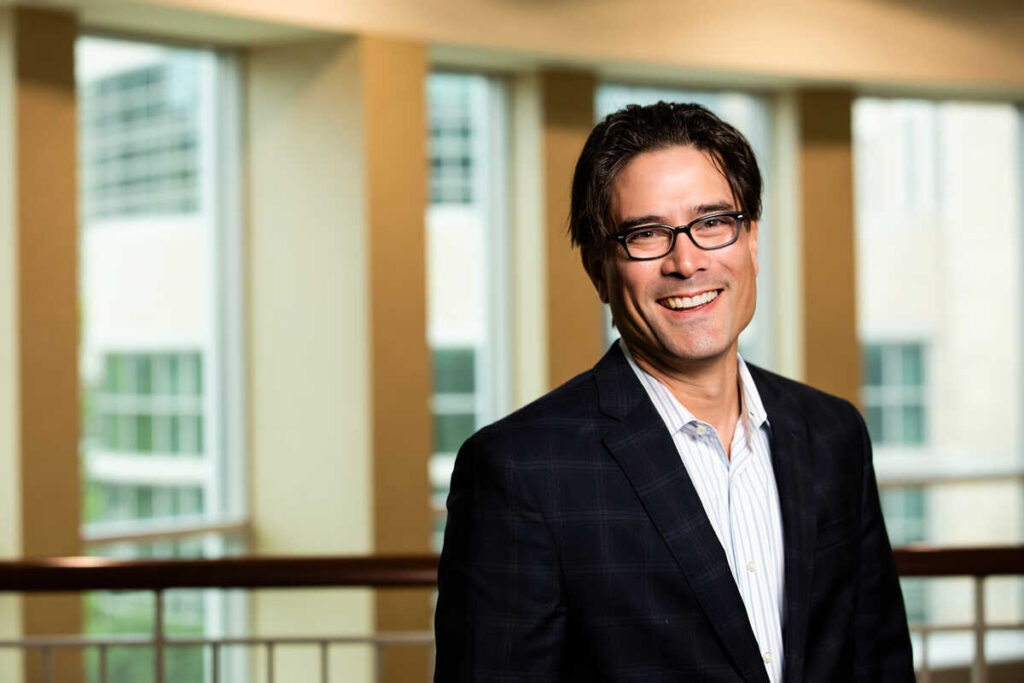The Opus College of Business’ new dean on her career to date and returning to the Twin Cities.
In 1984, I arrived in the Twin Cities to start my career at the University of Minnesota’s Carlson School of Management. I came to Minneapolis from Northern California via St. Louis, where I spent three years teaching at Washington University. I remember feeling at home and in sync with the culture of the Minneapolis- St. Paul area almost immediately. To me, the Twin Cities felt connected to the San Francisco bay area, in part because, in 1986, Edo de Waart also moved to Minneapolis from San Francisco to conduct the Minnesota Orchestra.
I spent my early career as a traditional academic focused on research that would be published in high-quality journals and working hard to provide my students with a rewarding experience in the classroom. I taught corporate strategy, international management and international trade and finance. My research focused on the impact of trade protection on corporate strategy. I had great colleagues at the University of Minnesota and loved my work.
In the early 1990s, I became fascinated with a group of struggling U.S. companies working to commercialize various new flat display technologies that would ultimately disrupt the display industry and lead to the proliferation of flat panel displays first commercialized for mobile computing that ultimately became the standard for high definition televisions. The companies I studied advocated for relief from alleged dumping of Japanese imports so they could generate sufficient revenues to continue to invest in U.S. manufacturing facilities.
An early case study of the anti-dumping petition led to a grant proposal submitted to the Alfred P. Sloan Foundation. The grant would fund travel for my colleagues and me to meet with managers of display manufacturing facilities as well as their equipment and materials suppliers in the U.S. and around the world.
Together with a team of scholars, I learned the industry from the ground up, visiting factories in the U.S., Japan, Korea and Taiwan and meeting with leaders of U.S. display businesses, their affiliates and alliance partners.
Through these conversations, my colleagues and I learned that academic theory did not always explain what worked in practice. We documented the strategic importance of learning from affiliates and alliance partners from around the world to build competitive manufacturing facilities. We also learned that trade protection created incentives for companies to look to domestic sources of knowledge about technology, which often did not contribute to their ability to compete.
My work with the Sloan Foundation flat panel display team changed the course of my career. Soon after the findings of our research went to press, I became department chair and then associate dean for MBA programs at the Carlson School and began to work closely with Twin Cities companies.
As dean of the Opus College of Business, I am committed to identifying opportunities for our faculty and students to partner with Twin Cities companies to our mutual benefit. Our faculty bring disciplinary expertise that enables them to explain what works and sometimes what does not work in a systematic way. Given how quickly business models have changed due to globalization and the exponential growth of the digital economy, the academic theories upon which we base our explanations constantly need updating through interaction with corporate partners. I invite our corporate partners to engage in a conversation with Opus College faculty about how we can best learn from one another.
Stefanie Lenway, Ph.D. is dean and Opus Distinguished Chair at the Opus College of Business.







